Breaking into the Japanese market is an exciting opportunity—but also a challenge if you don’t understand how search engines and user behavior differ from the West. Japanese SEO (Search Engine Optimization) requires a localized approach that respects culture, language, and technology habits. Here’s what you need to focus on if you want to drive more traffic from Japan.
1. Understand the Search Engine Landscape in Japan
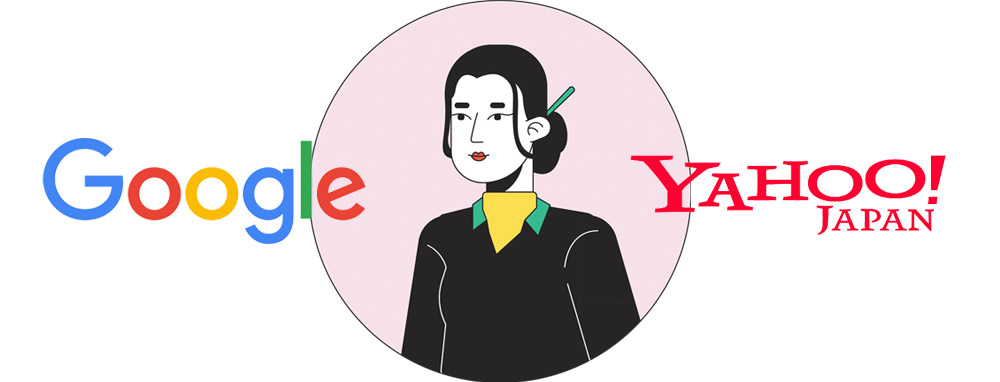
Unlike many countries where Google dominates, Japan’s search engine market is shared mainly between Google Japan and Yahoo! Japan. Both use Google’s search algorithm, but Yahoo! Japan has its own ecosystem of news, shopping, and lifestyle services, which influences how users search and click.
Action: Optimize for Google while keeping Yahoo! Japan’s portal-style content strategy in mind.
2. Language Localization Is Non-Negotiable
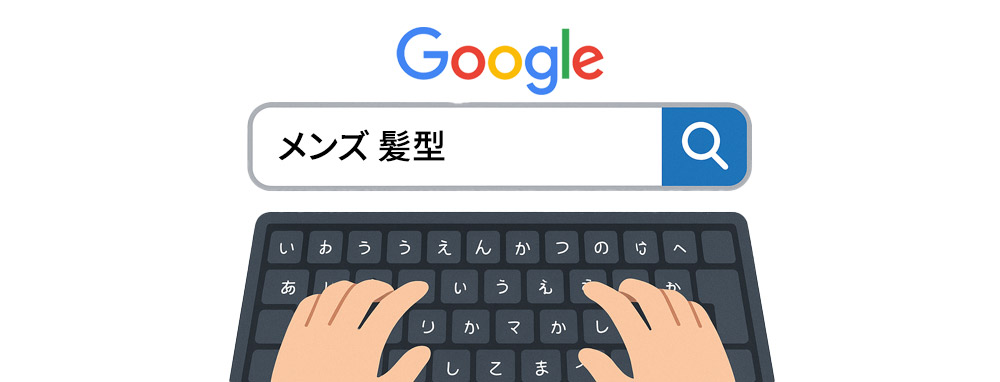
Machine translation won’t cut it in Japan. Users expect natural, culturally appropriate Japanese that fits context. Word choice, honorifics, and even tone of voice affect trust and click-through rates.
Action: Work with native translators or SEO writers to ensure your content reads like it was created for Japanese users, not just translated.
3. Keywords: Think Beyond Direct Translation
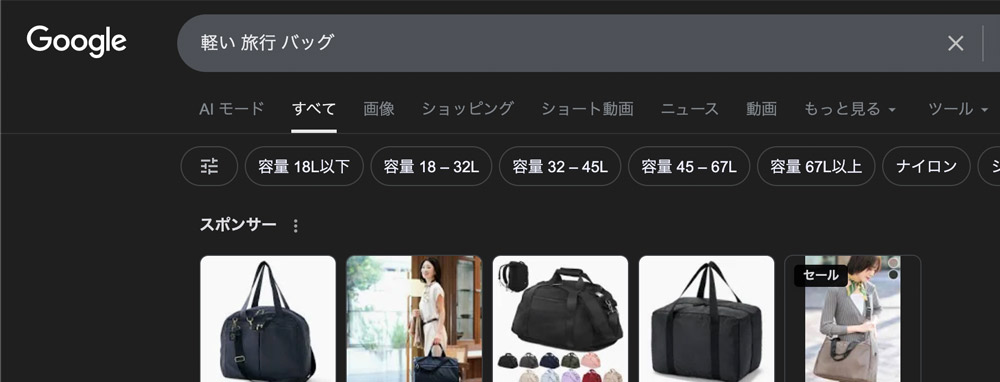
Japanese search queries are often shorter and more contextual. For example, instead of searching “best lightweight travel bag,” users might search “軽い 旅行 バッグ” (light travel bag). Additionally, Japanese uses three writing systems—hiragana, katakana, and kanji—and the same word can appear in multiple forms.
Action: Research keywords in all possible variations and analyze search intent carefully.
4. Mobile-First Optimization

Japan is one of the most mobile-driven markets in the world. Most users search, shop, and read content from their smartphones. If your site isn’t mobile-optimized, you’ll lose credibility instantly.
Action: Prioritize responsive design, fast load times, and clean mobile navigation.
5. Content That Builds Trust

Japanese consumers value trust, authority, and reliability. They tend to research thoroughly before making a purchase. Websites that provide detailed information, customer reviews, and clear proof of quality stand out.
Action: Add product details, case studies, testimonials, and certifications. Avoid vague marketing language.
6. Local Platforms & Link Building
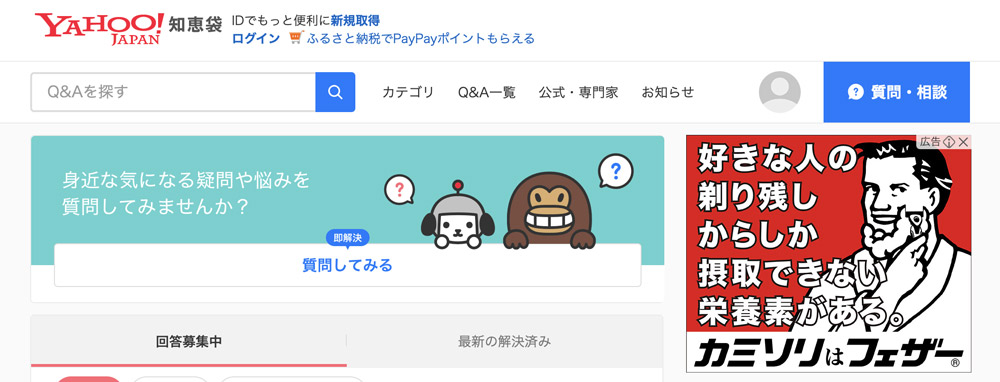
Building authority in Japan doesn’t only rely on backlinks from international sites. Local directories, Japanese blogs, and region-specific media have strong influence. Yahoo! Chiebukuro (similar to Quora) and Japanese forums also play a role in organic exposure.
Action: Focus on local link-building and brand mentions within the Japanese digital ecosystem.
7. UX and Design Matter More Than You Think
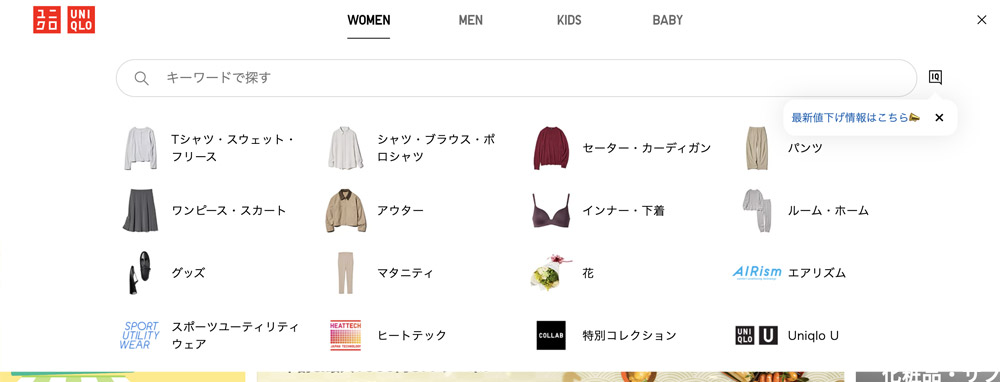
Japanese users expect structured layouts and information-heavy designs compared to minimalist Western sites. Pages often include banners, sidebars, and detailed navigation—but still must remain organized and easy to browse.
Action: Adapt your website design for Japanese tastes without overwhelming new visitors.
Conclusion: The Key to Japanese SEO Success
Getting more traffic in Japan isn’t just about ranking on Google—it’s about cultural adaptation, precise language use, and building trust with a unique audience. By researching keywords carefully, creating natural Japanese content, and optimizing for both Google and Yahoo! Japan, you can stand out in one of the most competitive digital markets in the world.


